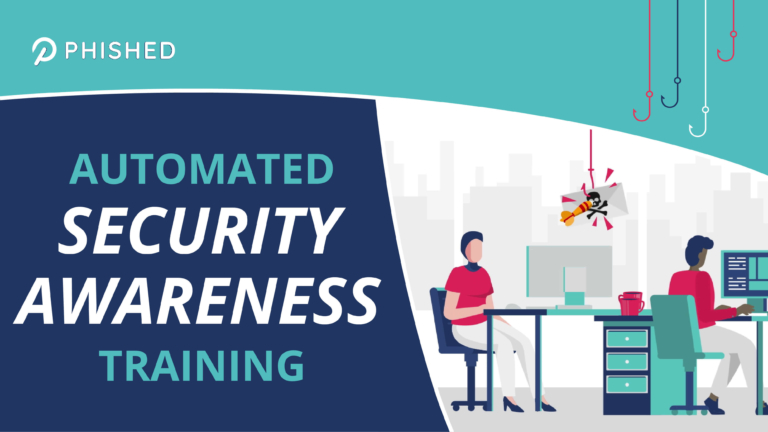2021 Phishing Vulnerability Report
The number of (successful) phishing attacks soared in 2021. Phished investigated how employees interact with phishing simulations and which topics are most likely to lure them into the trap. Download our findings for free by filling out the form below and learn what to watch out for in 2022.

What will you learn?
Most successful phishing topics
A phishing attack is only as convincing as its topic. Which ones were most likely to fool employees?
Phishing benchmarks
How many employees are getting phished? How many enter data? How likely are they to open a malicious attachment?
Covid-19 phishing scams on the rise
COVID-19 immensely impacts global phishing rates. Why will that still be the case in 2022?
Phishing Trends for 2022
A look ahead to next year's threats. (Spoiler alert: it is not looking good.)
Phished CEO & founder Arnout Van De Meulebroucke looks back on an eventful year
Over the past year, it has become more enticing for would-be criminals to step into the field of cybercrime. Phishing kits are made available cheaply, billions of people's data have been scraped and are being sold on the black market,...
Discover some of our findings below.
Over 1 in 5 gets phished
People don't think, they click. Especially when:
• The phishing message is short and to the point
• The message contains a request for help
• The sender appears to be known to the recipient (chances of a click rise by 30%!)
• The phishing message contains a reference to a hot topic
Almost 1 in 10 opens malicious attachments
One of our most concerning findings is the fact that no less than 7% of all employees open a suspicious email attachment. While phishing – usually – requires an extra step before the real damage is done, a malicious attachment can have serious consequences immediately.
COVID-19: more than a virus
The coronavirus pandemic has decisively and permanently opened the door to a continuous rise in phishing threats. As they form the basis for the vast majority of all cyber breaches, it is important for people to realise what the dangers are, how to recognise them and how to deal with them.




Over 90% of all data breaches starts with a human error
